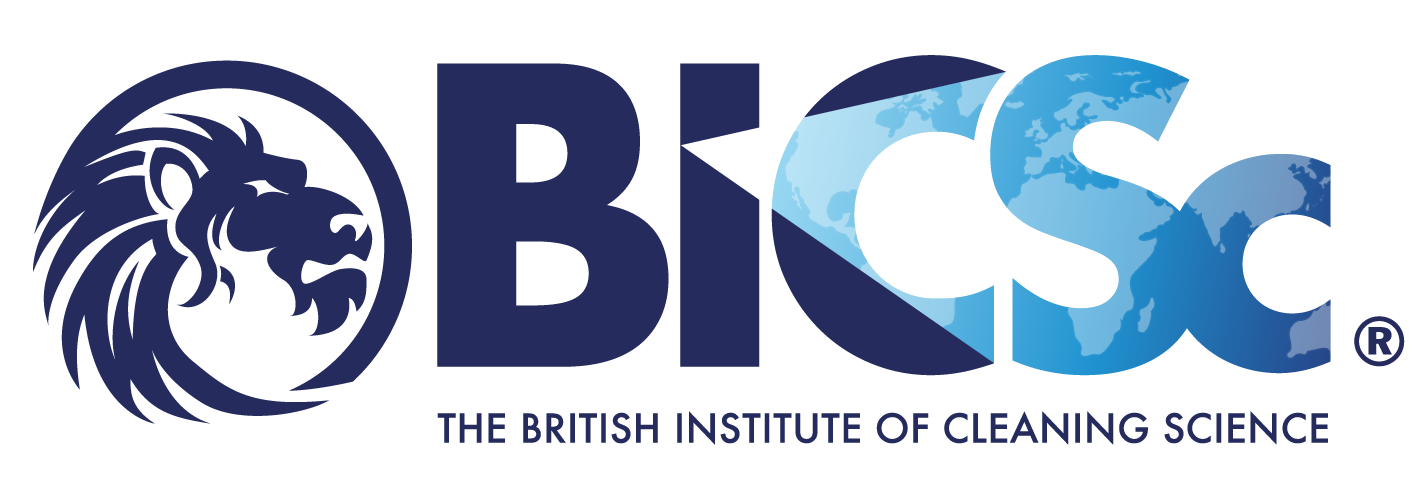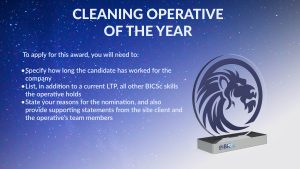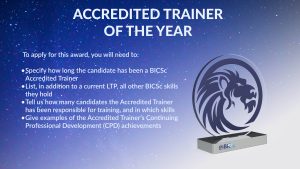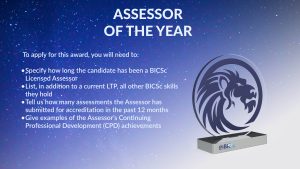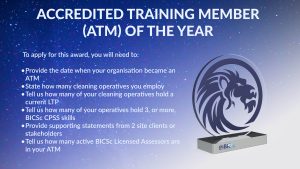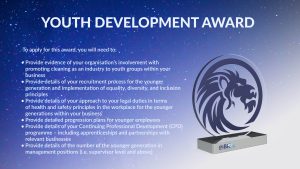
05 Aug The new Apprenticeship Levy: What does it mean for employers and how can BICSc provide support
Introduction
During the past four years, the Government has been planning and developing a new apprenticeship system within the UK. We are now at the stage where new apprenticeships are being ‘rolled out’ and others are in development. April 2017 marks a major milestone as that is when employers with a pay bill of more than £3m will be required to pay a new levy. It is expected, therefore, that employers will, over the coming months need to be prepared for the change. This article focusses on the financial and operational impact of the new levy on employers affected. It is a summary of ‘key facts’. It should be noted that further information and guidance will be flowing from the Government thus it is the ‘current state of play’. In addition to providing information, the article concludes with recommendations on how BICSc may want to help their employers engage with the new levy.
The Reform
As a consequence of the apprenticeship reforms, it is estimated that there will be between 600-800 new Apprenticeship Standards i.e. a reduction from the current system. Some of these new Standards are already available for delivery, so at present, there is a cross-over period where some new Standards are being delivered alongside the Frameworks. However, once a new Standard is in place, the outdated Framework which it replaces will be discontinued as soon as it’s practical to do so. It is expected that the full switchover will take place by 2020, although this date could change.
Apprenticeships are no longer defined by qualifications, as there is now no mandatory requirement. The exception is if qualifications are required for a specific occupation, such as under a Licence to Practice (LTP). However, qualifications can be built into a Standard by the employer development group (Trailblazers) as they are developing the Standard – either as a recommendation or as a mandatory requirement. Unless a specific qualification has been written into the Standard, employers and providers can choose any relevant qualification of any size if they wish or they can develop a programme which does not include qualifications.
Endpoint assessment is being introduced. It’s one of the biggest changes to apprenticeships. The assessment organisation and the assessor must be independent of, and separate from, the training provided by the provider and employer. As part of the end-point assessment, the apprentice is graded.
How the levy will work
The Government aims to have 3 million Apprenticeship starts in place by 2020. The levy is a way of covering the cost of Apprenticeship training via one central pot, whilst ensuring the benefits of Apprenticeships training are reaped by firms of all sizes.
The new apprenticeship levy is a government tax of 0.5% for every UK employer with a pay-bill of over £3million, and will be introduced from 6 April 2017. No employer is exempt (e.g. charities and colleges are included). Employers with a pay bill of over £3 million are advised to review their human resource development plans with the aim of introducing apprenticeships or developing their current apprenticeship programmes in order to earn back their levy.
It should be noted that whilst the levy will be collected based on the employers UK payroll, the levy can only be spent on apprenticeships in England. A proportion of the levy collected will be allocated to Scotland, Wales and Northern Ireland via the relevant ‘administrations’.
It is estimated that circa 22,000 organisations will be subject to the levy. If a business group has separate payroll accounts (HMRC VAT numbers), then each organisation in the group will be treated as a separate payroll by HMRC. If the group has an overarching payroll, then that will be treated as the one payroll for all companies in the group.
The payment for employers will be based on the total amount of earnings subject to Class 1 secondary National Insurance Contributions (NICs). It will be based on ‘Gross pay’ which is basic salary & bonuses and will not include NI and pension contributions.
If an employer has calculated that they will pay the apprenticeship levy, they will need to declare this to HMRC as it is their responsibility to do so. HMRC will publish further Levy Guidance in December 2016.
The levy will be collected by HMRC, directly via the PAYE process, on a monthly basis starting on 6 April 2017 and will be held in an account. The Government is establishing a Digital Apprenticeship System (DAS) that will be implemented in April 2017. Employers will be able to register to set up an account on the Digital Apprenticeship Service from January 2017. Employers will have a virtual levy account showing the amount they can spend on apprenticeships. From April 2017, the Government will top-up monthly funds for apprenticeship training by raising levy-paying employers DAS accounts by 10%.
The employer can earn back their levy by delivering apprenticeships. If an employer does not use all of its levy, the Government will redistribute the funds elsewhere for apprenticeship delivery. Any unused allowance will be carried from one month to the next. Funds will expire 18 months after they enter the employer’s Digital Apprenticeship Service account and be removed. The fund cannot be put towards internal training that doesn’t meet apprenticeship standards, nor towards apprentice wages.
Developing quality apprenticeships
The government, in response to employers feedback, is introducing a number of measures to improve the quality of apprenticeship training providers. There is a strong focus on applicants ‘capability’ to deliver high-quality apprenticeships, alongside applicant’s fitness and ability to receive public funding. Providers wishing to deliver apprenticeships from 1st April 17 onwards, will have to register on the new ‘Register of Apprenticeship Training Organisations (ROATO)’ which is planned to be open from September this year. This is in addition to being registered on the Register of Training Organisations (ROTO).
With the introduction of the DAS in England, there will be a new way for employers to work with training providers. This new apprenticeship model relies on employers and providers negotiating how apprenticeships will be delivered and assessed (including end-point assessment), as well as agreeing on a fee and payment schedule. An employer may opt to work closely with a provider to design a bespoke apprenticeship programme, or they may choose a programme pre-designed by a provider. DAS will hold performance data for all providers that deliver apprenticeships, including Ofsted outcomes. It will be the responsibility of the employer to choose a provider they think is fit to deliver their apprenticeships.
Employers and providers are recommended to have a legal contract and payment schedule in place. It will be the responsibility of the employer to negotiate the payment schedule. Funds will be transferred directly from the employer’s account on the DA
At the moment, for every £1 spent on training by an employer, the Government contributes £2 – up to a maximum cap. Additionally, three incentive payments are available. From April 2017 the Government is moving to a banding system
All new apprenticeships require learners to develop their Maths and English. The Standard will state the level required. If the apprentice has already achieved this prior to the apprenticeship, they will be supported to work towards the next level. If they have not already achieved the level required, Maths and English are taken as part of the apprenticeship programme. They will be funded separately to the rest of the apprenticeship components.
It should be noted that funding for the apprenticeship Frameworks in Scotland, Wales and Northern Ireland will continue as ‘business as usual’ under the apprenticeship reforms
Employers delivering their own apprenticeships
For employers (with a pay bill of over £3m) delivering their own apprenticeships, their organisation will need to be on the Register of Training Organisations (RoTO) in order to access their funding. Employers can apply to go onto the register but will have to meet all the SFA reporting and audit requirements along with all quality standards as defined by Ofsted and the Institute for Apprenticeships (IfA). In addition, as mentioned above, it will also be necessary to be on the ‘Register of Apprenticeship Training Organisations’.
Non-levy paying employers
If the pay bill is less than £3m per annum, the organisation will not have to pay the Apprenticeship Levy. Money left unclaimed by companies that pay in, will be made available for smaller firms to claim towards their apprenticeship training. Non-levy paying employers will be required to contribute to the cost delivering apprenticeships via a Government co-funding arrangement which is expected to be confirmed soon.
Details are emerging regularly and could change up until next April.
Dr Sally Messenger, Head of Education at The British Institute of Cleaning Science
